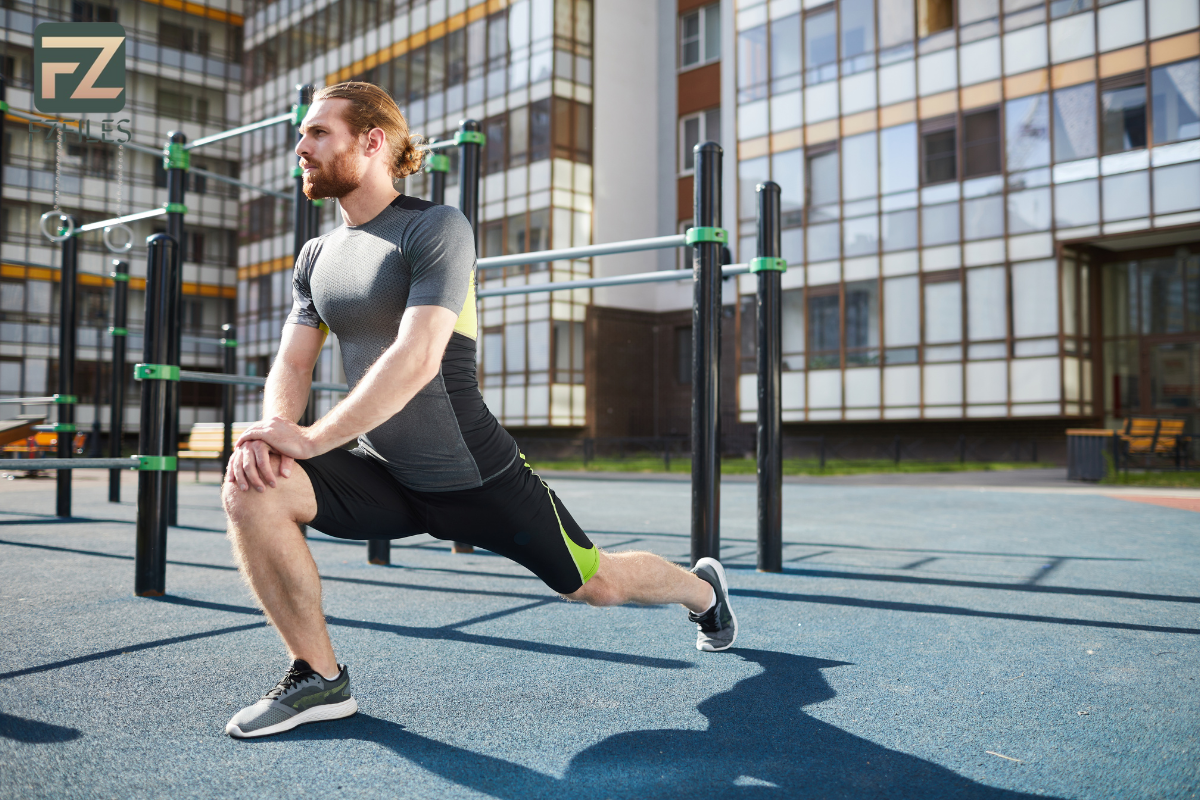Introduction to Static Stretching
In the realm of fitness and flexibility, static stretching stands out as a foundational practice for improving overall mobility. Unlike dynamic stretches that involve movement, static stretches require you to hold a position for an extended period, aiming to lengthen muscles and increase the range of motion.
Benefits of Static Stretching for Mobility
Static stretching offers numerous benefits beyond flexibility. It helps improve blood flow to muscles, enhances muscular relaxation, and contributes to better posture over time. Athletes and everyday fitness enthusiasts alike use static stretches to prepare muscles for activity and aid in recovery post-exercise.
Essential Static Stretching Exercises

- Hamstring Stretch
- Description: Sit on the floor with one leg expanded straight out. Lean forward from your hips, reaching towards your toes on the extended leg. Hold for 30 seconds to 1 minute.
- Benefits: Targets the hamstrings and lower back, improving flexibility in the legs and lower body.
- Quadriceps Stretch
- Description: Stand upright, bending one knee to bring your heel towards your buttocks. Hold the ankle with your hand and gently pull until you feel a stretch in the front of your thigh. Hold for 30 seconds to 1 moment on every leg.
- Benefits: Increases flexibility in the quadriceps and helps maintain knee health.
- Calf Stretch
- Description: Stand facing a wall with one foot behind you, toes pointing forward. Incline toward the wall until you feel a stretch in your lower leg muscle. Hold for 30 seconds to 1 minute and switch legs.
- Benefits: Improves flexibility in the calves and ankles, essential for walking, running, and jumping activities.
- Triceps Stretch
- Description: Reach one arm overhead and bend your elbow, bringing your hand down your back. Use your other hand to gently press your elbow further down. Hold for 30 seconds to 1 minute and switch arms.
- Benefits: Enhances flexibility in the triceps and shoulders, promoting better upper body mobility.
- Hip Flexor Stretch
- Description: Kneel on one knee with the opposite foot in front, forming a 90-degree angle at both knees. Push your hips forward until you feel a stretch toward the front of your hip and thigh. Hold for 30 seconds to 1 moment for each side.
- Benefits: Targets the hip flexors, which can become tight from prolonged sitting, aiding in better posture and reduced lower back pain.
Incorporating Static Stretching into Workouts
To maximize the benefits of static stretching, incorporate these exercises into your daily routine or before and after workouts. Start with a brief warm-up to increase blood flow to muscles, making them more receptive to stretching. Hold each stretch at the point of mild tension, never to the point of pain, and breathe deeply throughout.
Expert Tips for Effective Stretching
- Consistency is Key: Aim for at least 2-3 sessions of static stretching per week to maintain flexibility gains.
- Duration Matters: Hold each stretch for at least 30 seconds to allow muscles time to lengthen effectively.
- Pair with Other Techniques: Combine static stretching with dynamic warm-ups and foam rolling for a comprehensive pre-workout routine.
- Listen to Your Body: Avoid bouncing or jerking movements during stretches and focus on gradual, controlled movements.
By integrating these static stretching exercises into your fitness regimen, you can significantly enhance your mobility, reduce the risk of injuries, and improve overall performance. Whether you’re an athlete, a fitness enthusiast, or someone looking to improve flexibility, these techniques are essential for maintaining optimal physical health.

[…] and a rejuvenating connection with nature. Whether you’re a seasoned enthusiast or just starting, exploring outdoor workouts can significantly enhance your overall […]
[…] Static Stretching for Mobility involves holding a specific position for an extended period, typically ranging from 15 seconds to several minutes. Unlike dynamic stretching, which involves movement-based stretches, static stretching focuses on gradually lengthening the muscle and increasing its flexibility and range of motion. […]